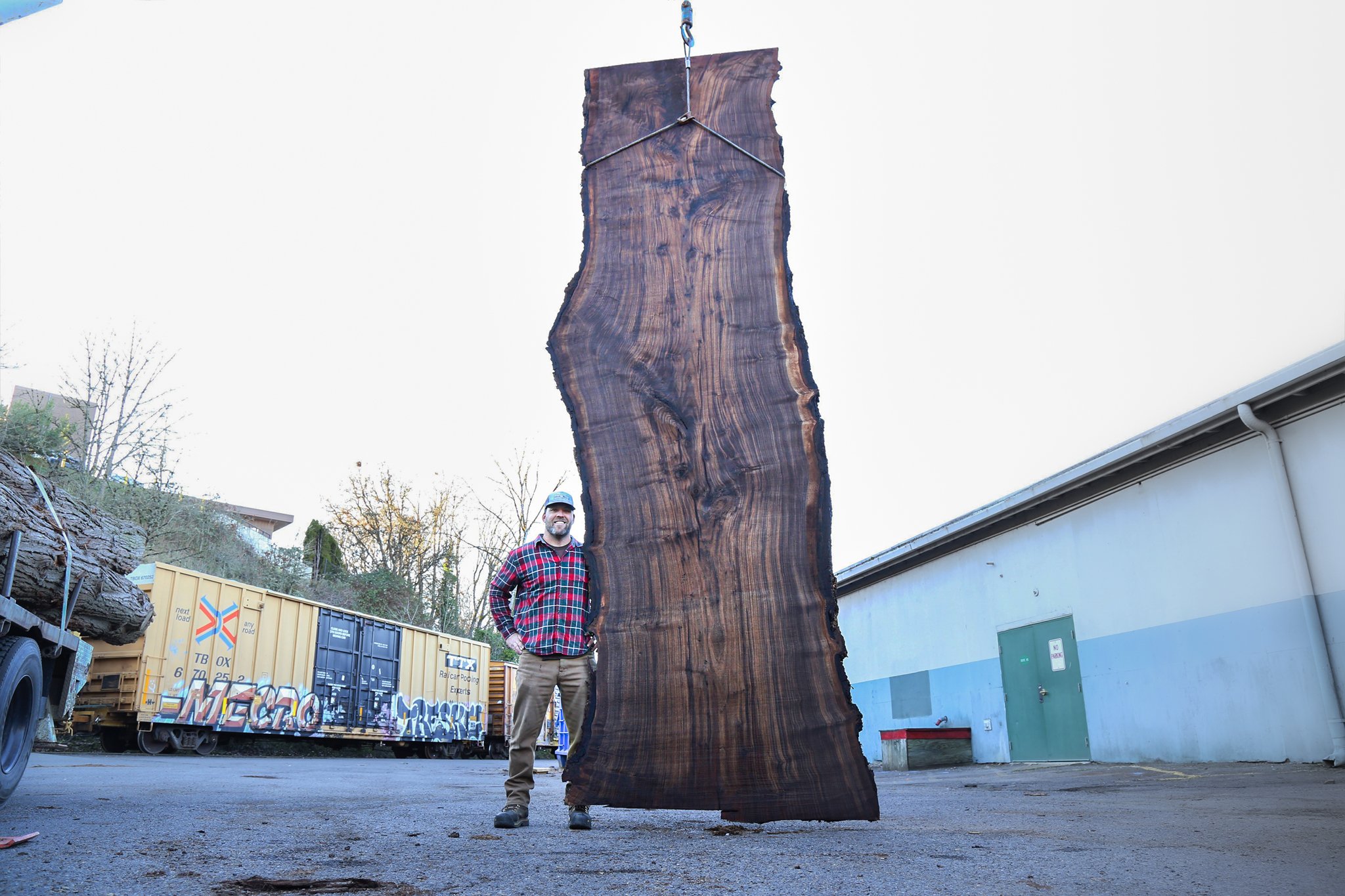
Explore our favorite Oregon salvaged hardwoods
to learn which beautiful species would work best for
your home or commercial space.
SALVAGED
Black Walnut
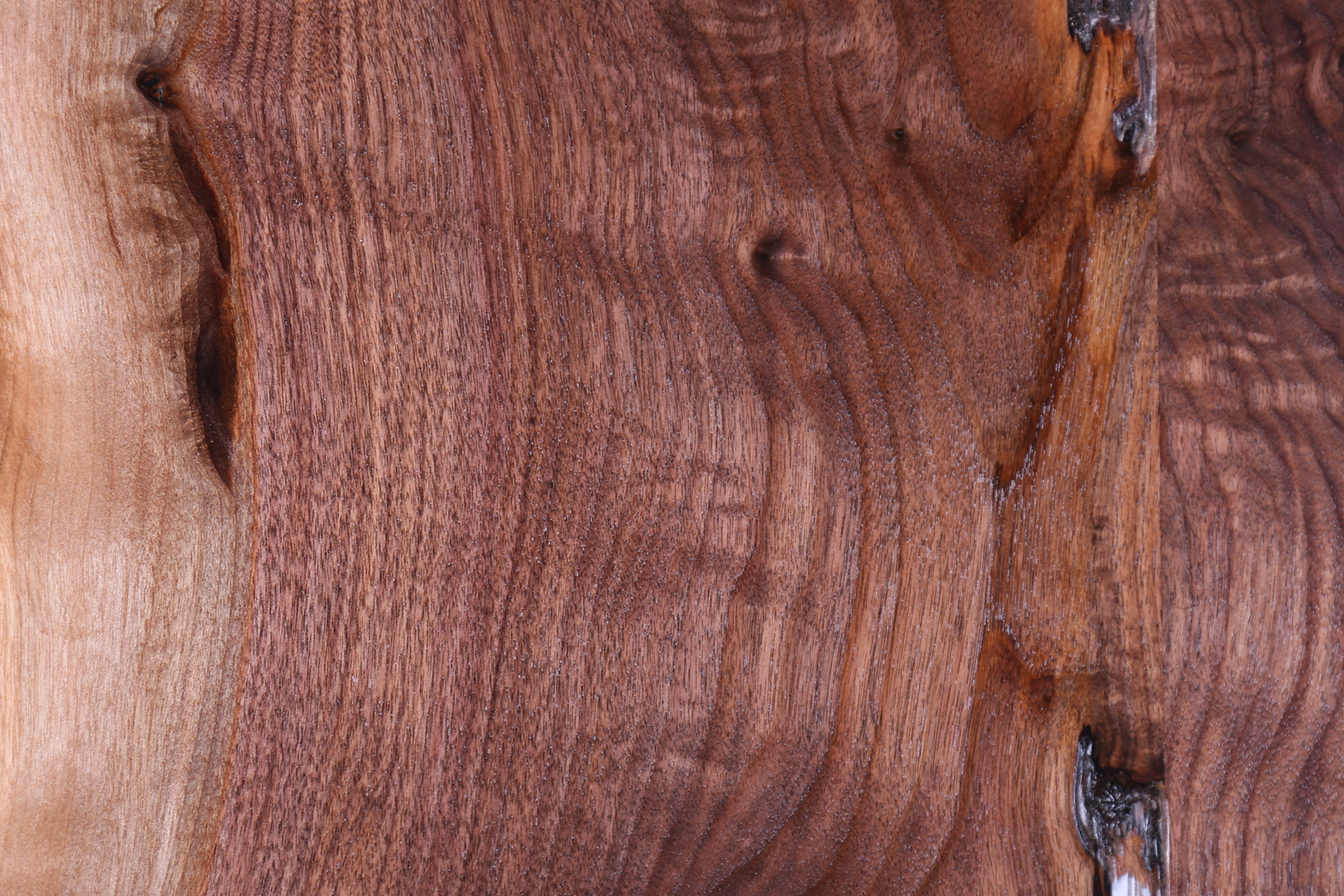
Tap to enlarge
DESCRIPTION
This species, native to Oregon’s Willamette Valley, benefits from the unique climate which provides ideal growing conditions, and produces extraordinary rich color variety, grain patterns and figuring. Black Walnut is prized by woodworkers for it’s cooperative working characteristics, strength, and dimensional stability.
Heartwood can range from a pale brown to a dark chocolate brown with darker red toned streaks. Our local trees feature grey, purple, and red hues, with sapwood being a pale yellow-gray to a near white shade.
Workshop Specs:
Our most popular wood type
Extreme durability
Typically straight grain
SALVAGED
Maple
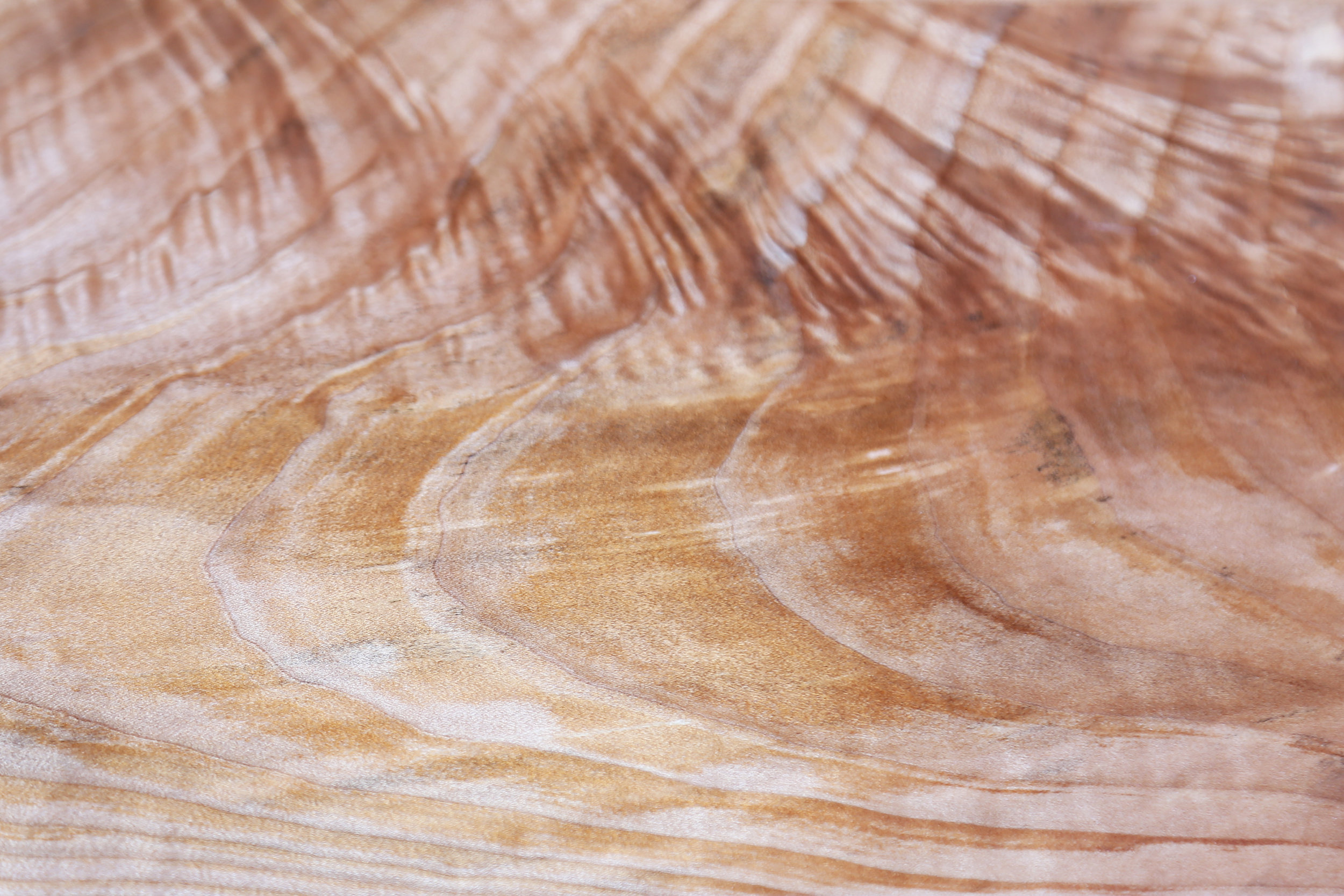
Tap to enlarge
DESCRIPTION
Big leaf Maple is the type most commonly found throughout the Pacific Northwest. Colors vary from near white sapwood to deep ambers, golds, and blond heartwood, with grain that is most often wavy and full of unique character. Other species like silver maple often contain fair amounts of curl and quilted figure. Additionally, maple burl and birds eye are unique features that are highly sought after for their beautiful textures.
Maple is a favorite of woodworkers for it’s easy workability, beautiful coloration and straight grain. Maple lumber contains an array of complex grains and figure. We are proud to mill some of the most beautiful maple lumber on the market today.
Workshop Specs:
Dense grain
Durable
Ideal for high traffic usage
SALVAGED
Oak
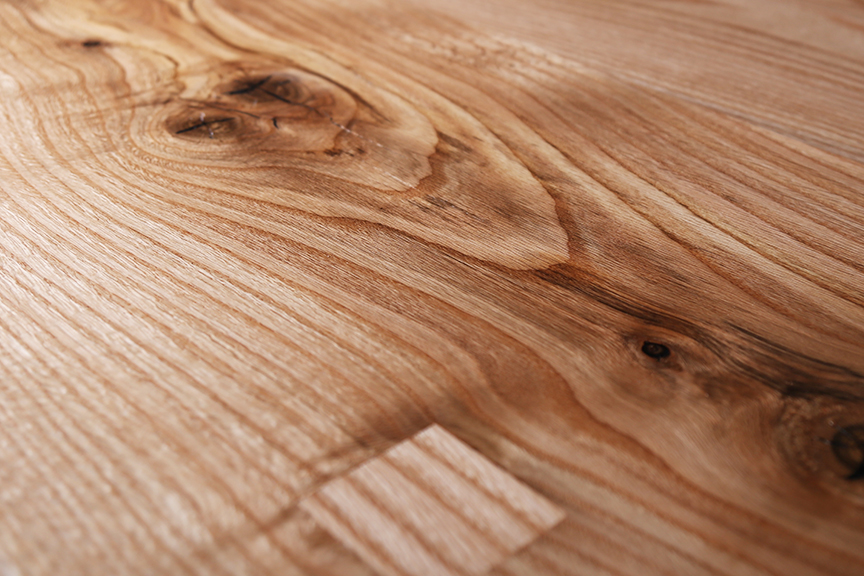
Tap to enlarge
DESCRIPTION
Oregon Oak has light-colored sapwood and the heartwood is light-to-medium brown. Oak is mostly straight-grained but can feature wavy grain and interesting flecking patterns. Most commonly we stock White Oak, which has a pale sapwood and a slightly yellow or grey undertone. Additionally, Pin Oak and Red Oak has a warmer honey tone with a touch of red (pictured to the left).
Oak is a hard and heavy wood. It has great wear-resistance and takes on wood stains or washes beautifully.
Workshop Specs:
Medium-to-large pores
Fairly coarse/dense grain with fleck
Ideal for high traffic usage
Extreme liquid resistance
SALVAGED
FIR
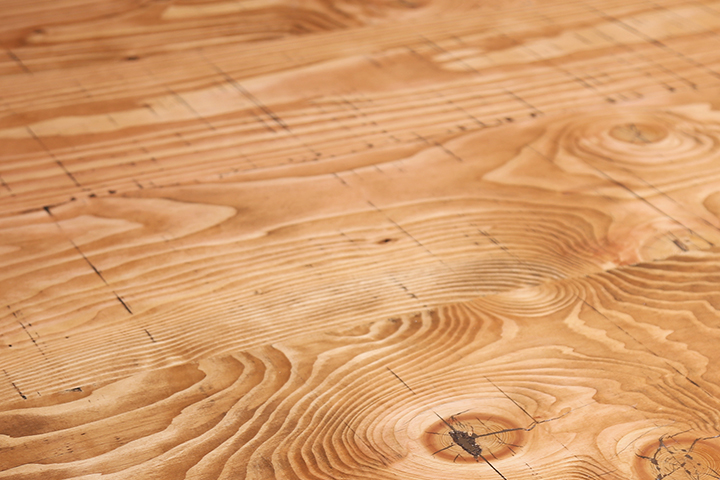
Tap to enlarge
DESCRIPTION
Can vary in color based upon age and location of tree. Usually a light brown color with a hint of red and/or yellow, with darker growth rings. In quartersawn pieces, the grain is typically straight and plain. In flatsawn pieces, (typically seen in rotary-sliced veneers), the wood can exhibit wild grain patterns..
Grain is generally straight, or slightly wavy. Medium to coarse texture, with moderate natural luster. Typically Fir machines well, but has a moderate blunting effect on cutters. Accepts stains, glues, and finishes well.
Workshop Specs
High durability
Typically straight grain pattern
Medium to course texture
Softwood
SALVAGED
ELM

Tap to enlarge
DESCRIPTION
Several varieties of Elm grow within Oregon’s Willamette Valley, although Elm is more commonly found in the Midwest and the East Coast. The American, Red, and Chinese varieties of elm, which grow locally, are commonly seen as neighborhood shade trees.
Elm lumber is characterized by interlocking grain, which gives it tremendous visual appeal. The main coloration of the wood is typically medium brown, but can vary from radiant yellow to gold hues to subtle greys.
Workshop Specs:
High durability
Interlocking grain pattern
Course, typically uneven texture
Birdseye common
SALVAGED
REDWOOD
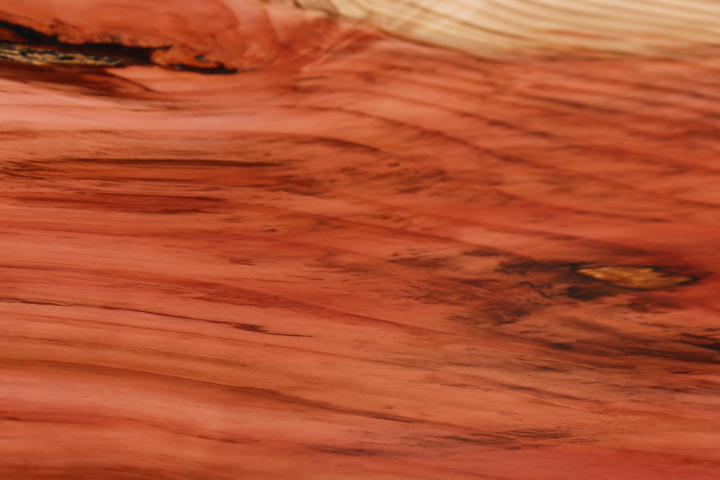
Tap to enlarge
DESCRIPTION
Oregon Redwood's iconic beauty is typified by rich cinnamon-colored heartwood, cream-colored sapwood, distinctive grain and performance that keep projects looking good for years. Characteristic knots are prevalent throughout the slabs. Redwood offers a broad array of appearances, giving specifiers several choices in color, visual texture and scale.
Natural stability is the key to redwood’s long-lasting performance. Redwood is less likely to warp, cup, check and pop nails because it has less shrinking and swelling. Stability and little or no pitch content also help redwood hold finishes well. Redwood’s stability is a guarantee of long-lasting beauty.
Workshop Specs:
Softwood
Ideal for outdoor use
